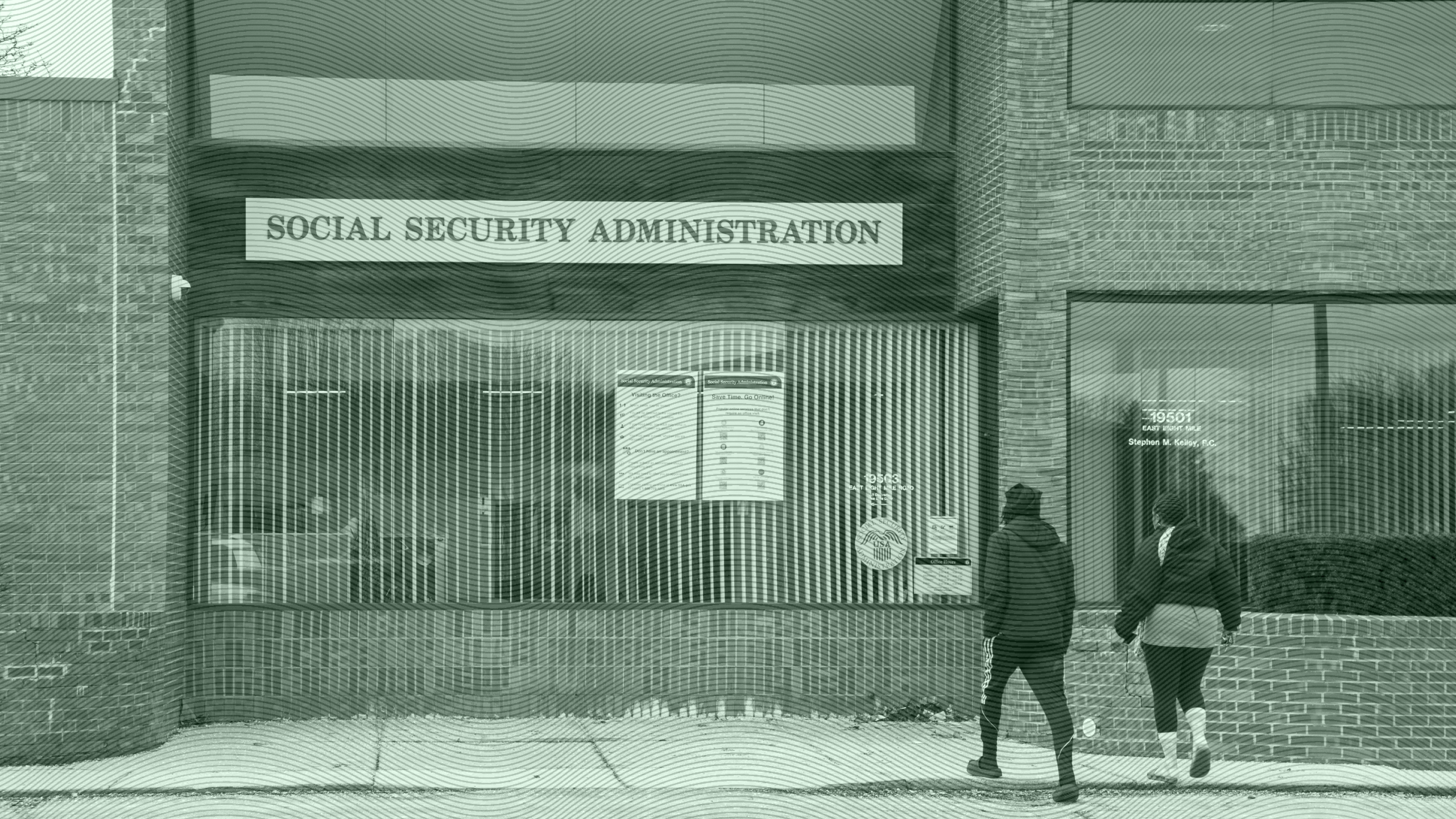Social Security Insolvency Looming Closer Than Expected
The Social Security trust funds will only be able to pay out 77% of benefits by 2034, a new report from the administration found.

Sign up for market insights, wealth management practice essentials and industry updates.
Sometimes, things have to get worse before they get better.
There may not be a better example of that bitterly hopeful cliche than the fate of Social Security, whose trust funds are accelerating toward depletion without any government intervention in sight. Last week, the program’s annual report showed the combined trust funds — Old-Age Survivors Insurance (OASI) and Disability Insurance — running dry by 2034, a year earlier than previously projected. On its own, OASI is on track to be exhausted by 2033, at which point it could pay out 77% of benefits, figures unchanged from last year’s report. The numbers show how important it is for advisors to guide nervous clients through Social Security claiming strategies so that they can optimize their benefits.
Already in 2025, the rate of early first-time claims is up, thanks in part to attention the Social Security Administration got from Elon Musk’s Department of Government Efficiency. People were worried about the future of the program and the level of customer service it would be able to provide, leading some to start claiming benefits earlier than they might otherwise have, said Mary Beth Franklin, an independent Social Security specialist. Agency data in April showed a spike in the highest 10% of earners claiming at 62 (the earliest age for eligibility, when they qualify for as little as 70% of full benefits) rather than 67, when full benefits are available.
“That’s a shame, because that’s cutting their benefits for the rest of their lives,” Franklin said.
An Exhausted System
This year, Congress enacted the Social Security Fairness Act, which made millions of public workers and their spouses eligible for benefits, resulting in more money being pulled from the trusts. The coming shortfall of the system “isn’t a distant concern; it’s a rapidly approaching reality that will affect today’s workers and retirees,” The Senior Citizens League stated in a reaction to the administration’s report last week. That group urged Congress to address the shortfall by passing phased-in reforms rather than waiting until the last minute, at which point the government might have to pull money from the General Fund to cover full benefit payments.
People also need help with planning their Social Security claims, data from Hearts & Wallets show:
- Nearly two-thirds, 64%, of people of all ages don’t know when they will retire.
- Even more, 68%, said they are concerned about the future of Social Security.
Social Insecurity. A common reason people have been claiming Social Security early is mistakenly thinking they will be grandfathered into the system and protected from benefits reductions in the future, Franklin said. “Anyone who needs the money — go ahead and claim it. That’s what it’s there for,” she said. “The idea of claiming benefits early out of fear is like selling your stocks in a down market. It’s locking in losses.”











